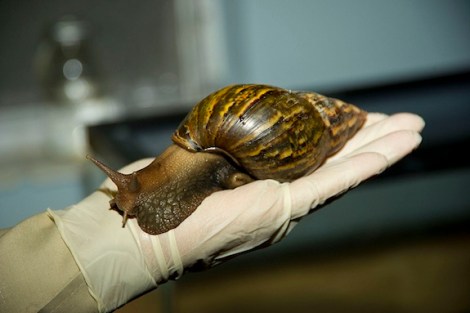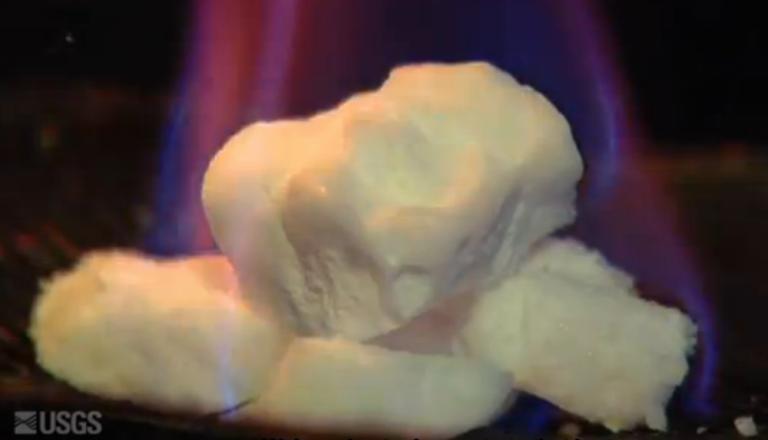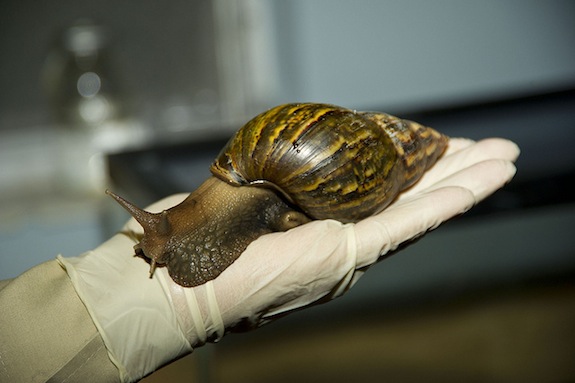
USDA
Australia’s ecosystem has frequently gotten walloped by invasive species, but at least in the past they were things like toads and bunnies. The current Down Under threat is way more gross: monster snails as big as your hand that devour crops and houses and carry infectious disease.
Meet the giant African snail. It can lay 1,200 eggs a year, and those 1,200 babies are so ravenous that when Florida suffered an infestation in 1975, it caused an estimated $11 million a year in damages. It’s the size of a baseball generally, but can grow up to a foot long and weigh 2.2 pounds. It snacks on 500 different crops, but in a pinch it’ll also eat your house — at least in Florida, where a lot of the houses are made out of stucco. Oh, and it carries a parasite that can give humans meningitis. But other than that, they’re great neighbors!
Florida managed to quash the snail infestation in 1975, and Australia beat them back in 1977, killing 300 of the dastardly gastropods over three months. But they showed up again in Miami in 2011, and now Australian officials have narrowly avoided — we hope — another incursion. Officials destroyed a snail found in a shipping container in Brisbane, which, as long as the snail was traveling alone, means that the disaster has been averted. But farmers, homeowners, and any Australian who goes around barefoot (which we think is most of them?) could be forgiven for feeling a little jumpy right now.
If all this snail-murder feels a little extreme, rest assured that the species still thrives in East Africa, where it is not an invasive species, and on most Pacific and Indian Ocean islands. After all, it consumes everything in its path, reproduces unstoppably, and then kills humans and eats their homes for breakfast. We’re unlikely to drive this one extinct.




